This week promises to be eventful for Dollar, with key data releases including CPI, PPI, retail sales, and University of Michigan Consumer Sentiment. Additionally, Fed will publish minutes from March FOMC meeting, and numerous policymakers are expected to share their views on the economy and interest rates.
Specifically, headline CPI is forecasted to drop further from 6% to 5.2% in March. This marks a significant improvement from last year’s 9.1% peak in July and represents the ninth consecutive month of cooling consumer inflation. If realized, the headline CPI reading would be the lowest since June 2021’s 5.0%, nearly two years ago. Conversely, core CPI is projected to tick up from 5.5% to 5.6%, breaking the five-month downtrend since September last year.
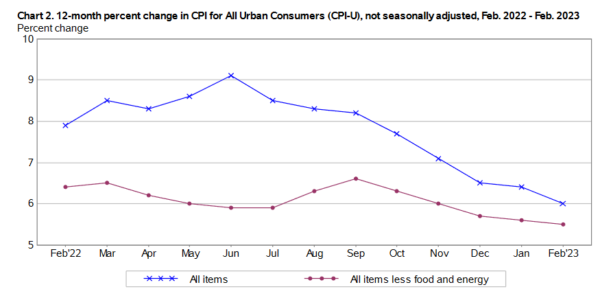
Following last week’s robust job data, traders have increased bets on a 25bps rate hike in May, with over a 60% chance. However, whether Fed opts for one, two, or no additional rate hikes may not make a significant difference. The primary focus is when Fed will start reversing course and cutting interest rates, which largely depends on how quickly core inflation falls back to a level consistent with price stability or remains stuck above the Fed’s target.
Presently, fed fund futures indicate a nearly 70% chance of a cut back to 4.50-4.75% in July, far from the Fed’s own projections. According to the March dot plot, only one policymaker envisions rates ending below 5% this year.
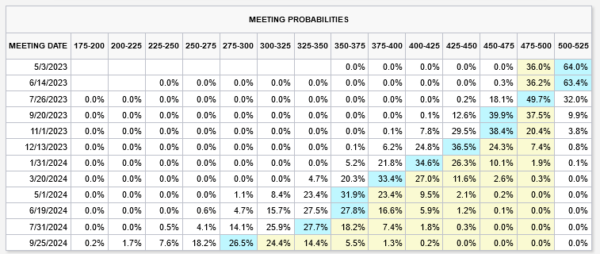
EUR/USD began losing upside momentum last week, stalling before 1.0320 resistance. It appears that a clear downside surprise in core CPI is needed to push EUR/USD past 1.0320 to resume the larger uptrend from the 2020 low at 0.9534. Conversely, breaking 1.0787 support will extend the consolidation pattern from 1.0320 with a third leg back towards 1.0515 support.
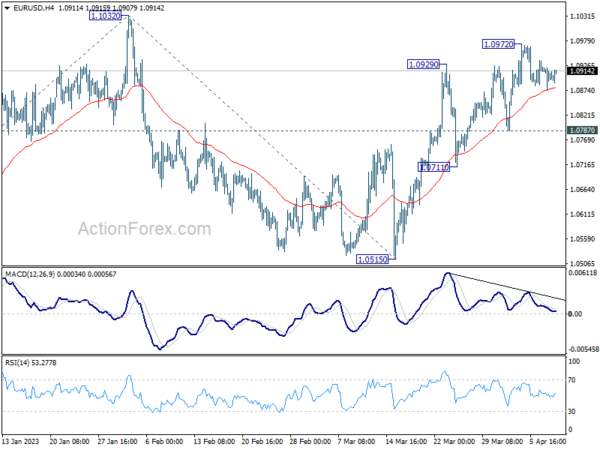
In parallel, for Dollar index, intense selling pressure is required to push DXY below 100.82 low to resume the downtrend from 114.77. Breaking above 103.44 resistance will extend the consolidation pattern from 100.82 with another upleg towards 105.88 resistance.
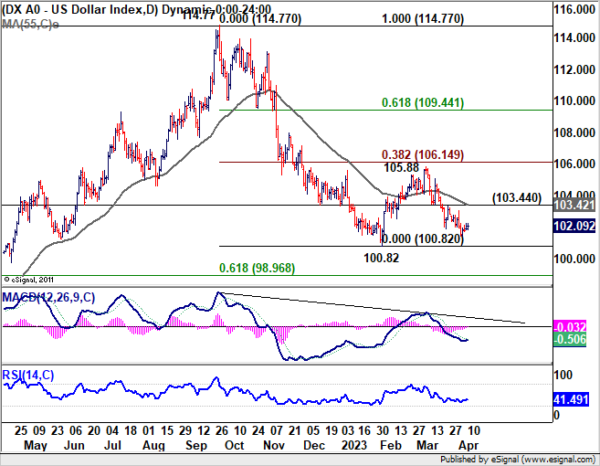




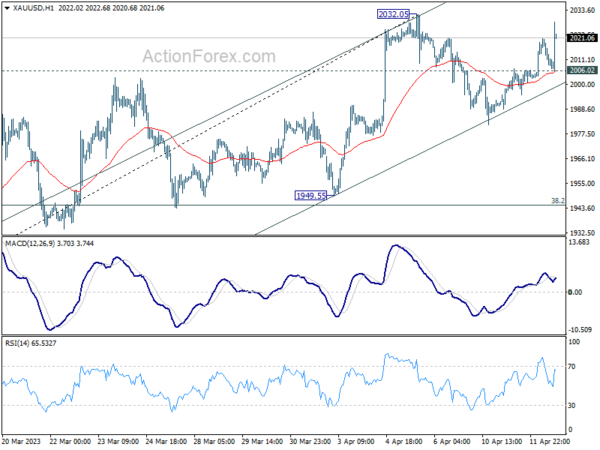
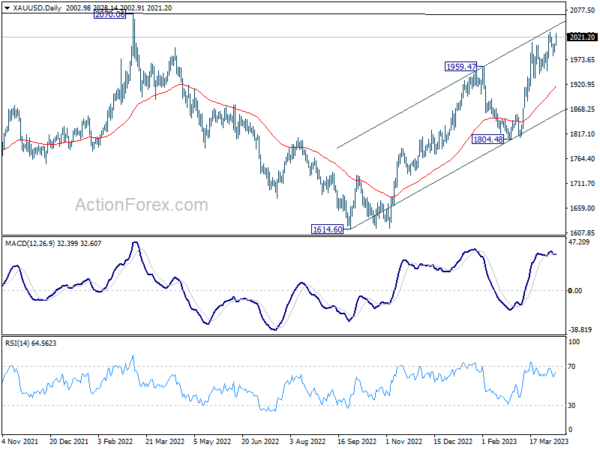
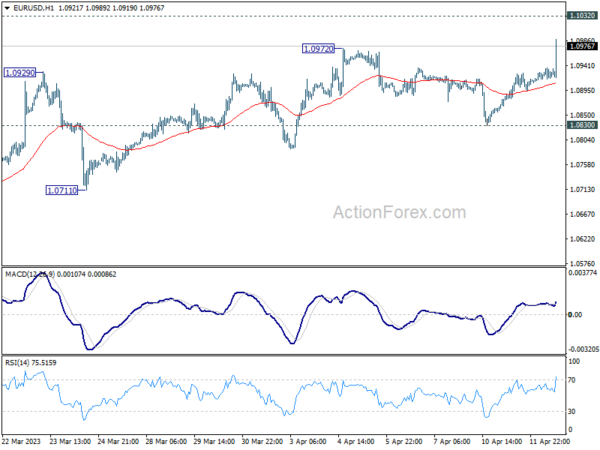
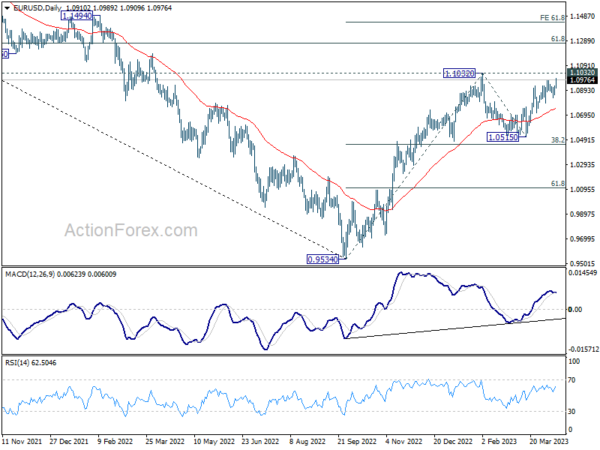
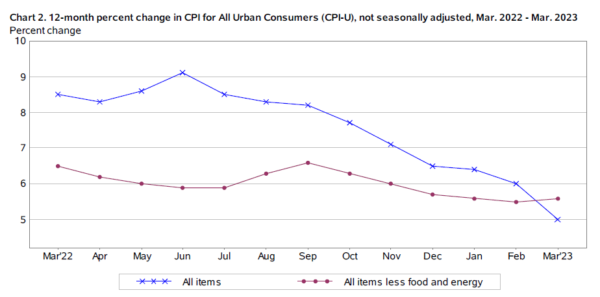
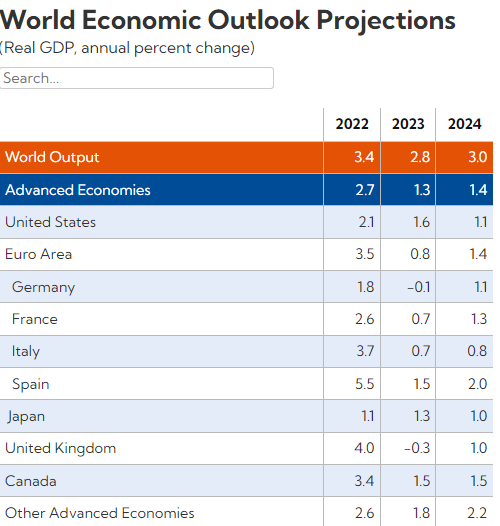
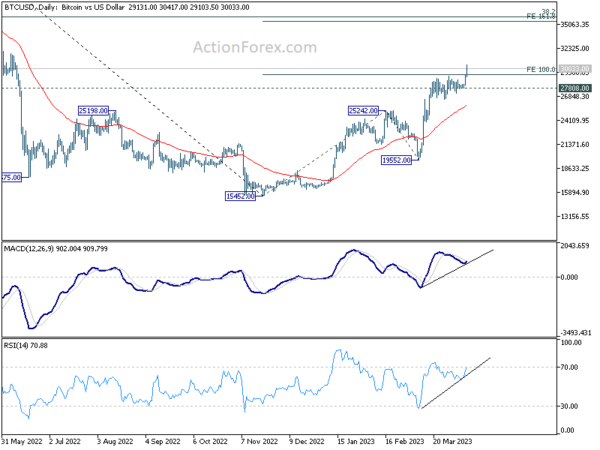
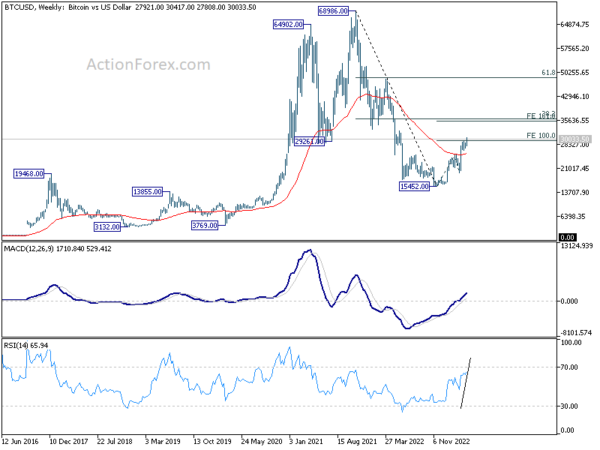
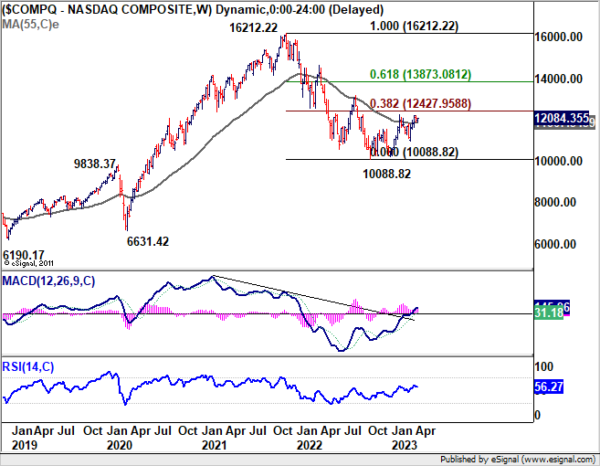
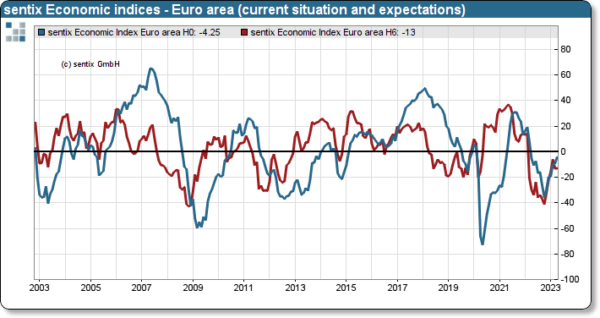
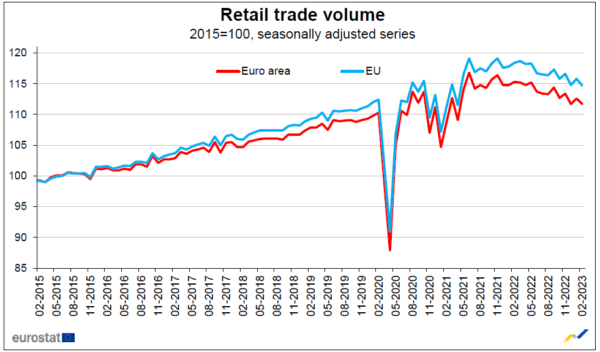
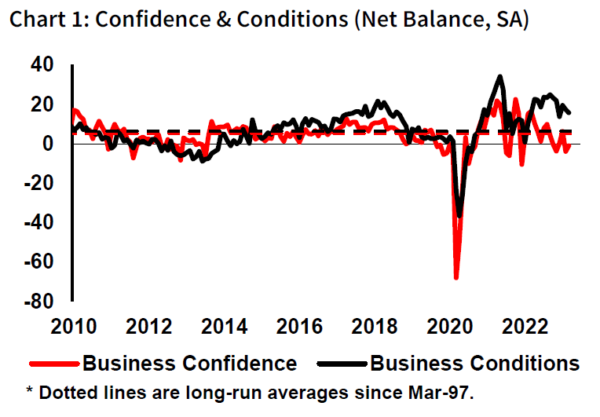
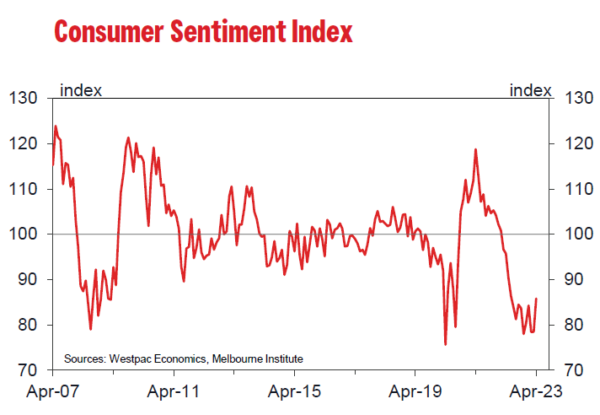





BoC Governor Tiff Macklem comments on weak growth and rate cut expectations
Following BoC’s decision to keep interest rates unchanged at 4.50%, Governor Tiff Macklem addressed concerns about the country’s economic growth during a press conference. He acknowledged the weak growth projections, stating, “We are seeing inflation come down even as the economy continues to grow. That is encouraging. But yes, we do expect growth to be weak. It’s expected to be weak through the rest of the year, pick up gradually over the course of next year.”
Regarding the potential for negative growth quarters, Macklem clarified that the central bank is forecasting “small positives,” but conceded that “you can’t rule out that there’s going to be a couple quarters of small negatives.” He emphasized that BoC is not forecasting a major contraction or significant increases in unemployment, distancing the current situation from a typical recession.
Addressing market expectations of a rate cut, Macklem said, “based on the information we have today, the implied expectation in the market that we’re going to be cutting our policy rate later in the year, that doesn’t look today like the most likely scenario to us.” This statement suggests that the central bank may not follow the market’s anticipated course of action, given the current data available.